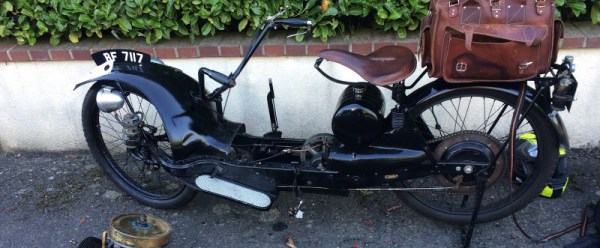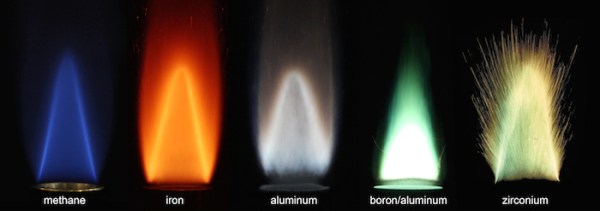Our most likely exposure to a steam engine these days will probably come courtesy of a railway locomotive. A machine capable of immense power and probably with significant complexity and engineering in its construction, something the majority of us will only ever be able to see at second-hand. But there was a period when steam engines were much more accessible, before internal combustion engines and electric motors took on the task of automating hard work you would have found small stationary steam engines in all corners of industry.
These engines are on a scale much more easily embraced by hackers and makers, and though vintage stationary engines are thin on the ground these days there are a significant number of people pursuing their construction by converting modern petrol and diesel engines to a more old-fashioned medium.
[Lindsay Wilson] has a lawnmower engine which a few years ago he converted with the addition of a sleeve valve to run on compressed air. It’s not a steam engine because creating a safe and legal steam boiler is an expensive process, but despite this it amounts to the same thing. The engine in question is a small sidevalve single cylinder Suffolk Punch lawnmower engine from which he has removed and blocked the valve gear, and added a sleeve valve powered by a linkage from the crankshaft and using the spark plug hole as an inlet and outlet. He provides a lot of detail on the sleeve valve’s construction, and it really is a surprisingly simple arrangement. We might look for a harder metal than copper pipe for the guide in which it runs though.
The video below the break shows the engine being run up after a period of storage. It’s an effective device, easily capable of taking more air than his compressor can supply.
Continue reading “Converting A Lawnmower Engine To Run On Compressed Air”







![The Ner-a-Car. By Museumsfotografierer (Own work) [Public domain], via Wikimedia Commons](https://hackaday.com/wp-content/uploads/2016/04/640px-ner-a-car_1924_01.jpg?w=250)












